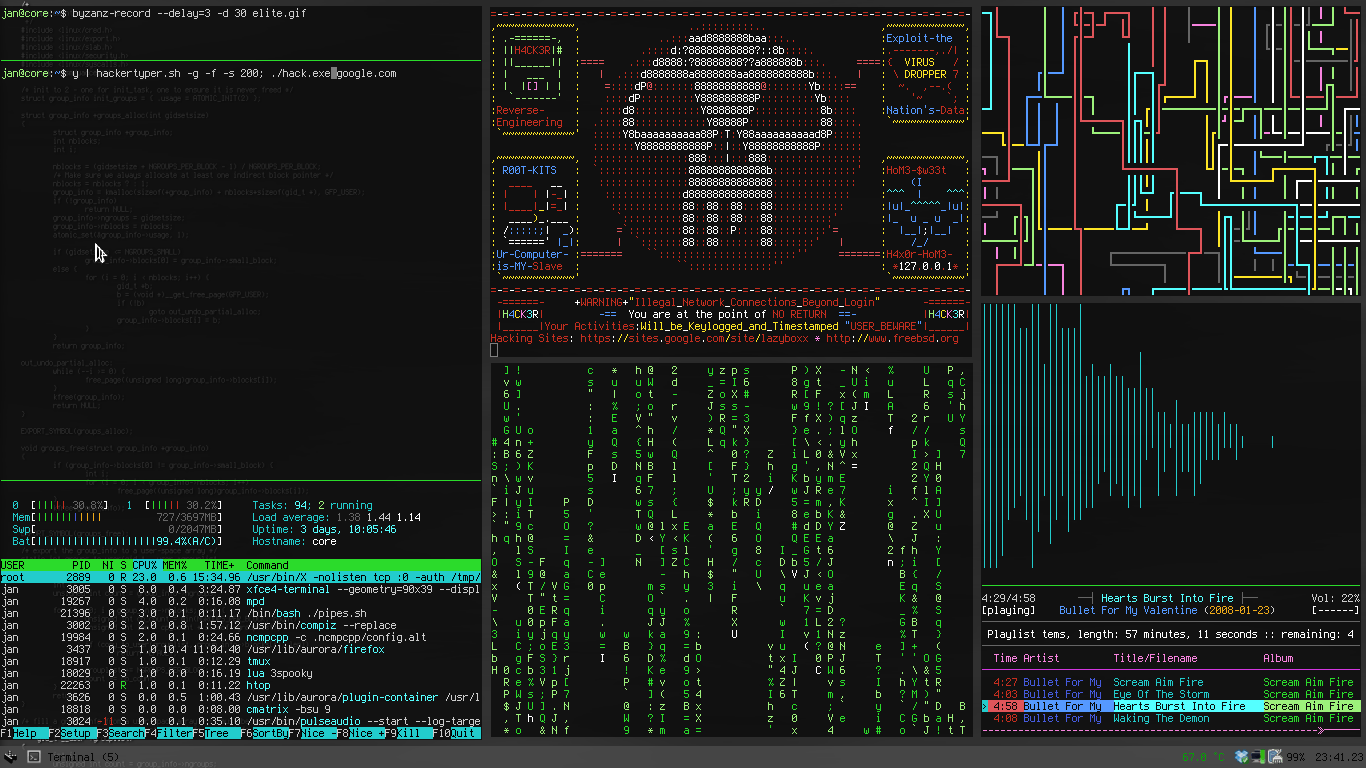In a disturbing revelation for the global cybersecurity community, researchers have uncovered a large-scale cybercrime operation led by Pakistani hackers. The group allegedly used pirated software as a delivery channel to infect 1.88 million devices worldwide, steal sensitive credentials, and generate an illicit profit of $4.67 million.
How the Operation Worked
The hackers embedded information-stealing malware into cracked or pirated versions of popular software — such as design tools, productivity apps, and games — often distributed through torrent sites and unauthorized download platforms. Once unsuspecting users installed these programs, the malware silently extracted stored passwords, browser data, crypto wallet keys, and banking credentials.
The stolen information was then sold on dark web marketplaces or used for direct financial theft. Cybersecurity analysts have traced the group’s infrastructure and confirmed that the attackers maintained a complex network of servers to automate data harvesting and monetization.
Global Impact
While the majority of infections were recorded in South Asia, devices in the United States, Europe, and the Middle East were also compromised. This highlights the borderless nature of cybercrime and the ease with which malicious actors can target victims worldwide.
Why Pirated Software is a Major Risk
- No Security Updates: Pirated software lacks official patches, leaving vulnerabilities exposed.
- Hidden Malware: Cracked software often serves as a perfect vehicle for trojans, spyware, and ransomware.
- Legal Consequences: Downloading and using pirated software is illegal in most countries.
Financial Scale of the Attack
Cybersecurity experts estimate that the hackers’ operations generated approximately $4.67 million in revenue from selling stolen credentials and conducting fraudulent transactions. This makes it one of the most lucrative piracy-driven cybercrime campaigns uncovered in recent years.
Protecting Yourself from Similar Threats
- Avoid Pirated Software – Always download applications from official sources.
- Use Updated Security Tools – Install reputable antivirus and anti-malware solutions.
- Enable Multi-Factor Authentication (MFA) – Reduce the risk of credential theft.
- Regularly Monitor Accounts – Detect suspicious activity before major losses occur.
The Bigger Picture
This case serves as a reminder that cybercrime economies thrive on user negligence. While financial gain is the main driver for attackers, their actions can lead to severe consequences for victims, including identity theft, drained bank accounts, and compromised business systems.


